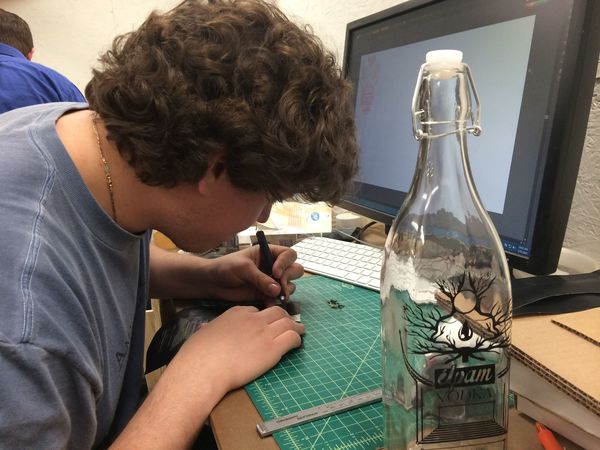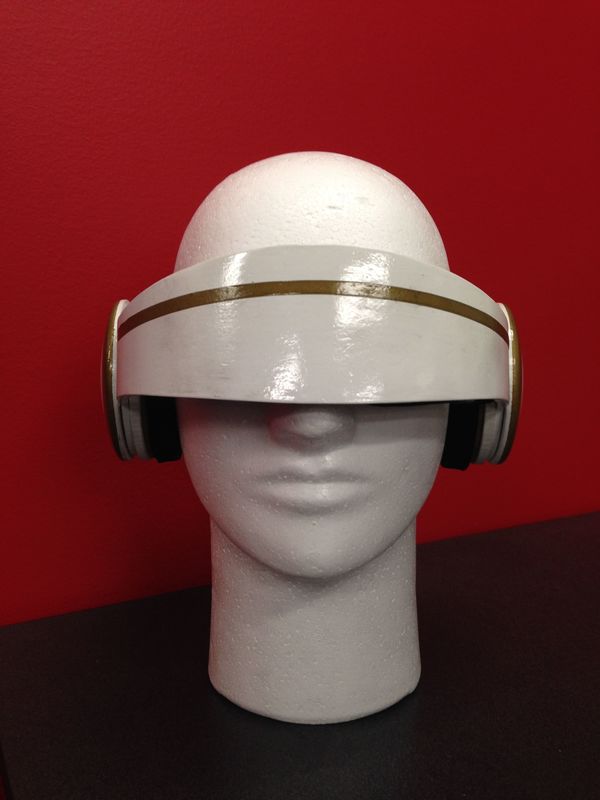“Design Thinking” is quite the buzz word these days, being implemented at not only the traditional design consultancies like IDEO and gravitytank but also at software and consumer goods companies like SAP, Google, and Apple. Even companies like Booze Allen and Deloitte are starting to see the value in the innovative approach and employing it in their firms. But what exactly is Design Thinking?

The process of design thinking starts with truly being able to understand a problem. Not just from the outside but truly understanding the root of the problem. At bigger firms, people of all sorts of backgrounds are brought together to form a multidisciplinary team that can view problems through a variety of lenses.
Next, and most importantly, design thinkers get out of the building and talk to the customers for whom they are trying to create solutions. So often companies skip this valuable step and spend enormous amounts of money developing a product that consumers don’t want.

Finally, design thinkers iterate. By brainstorming and prototyping as many ideas as possible – even the crazy ones – teams are able to efficiently create products and solutions that are truly valuable to consumers.
Here at ESTEEM, design thinking is the core of the curriculum. Day 1, students from all backgrounds – engineers, scientists, biologists, physicists, recent grads, experienced professionals, parents, internationals – are brought together to form the ESTEEM cohort. Right from the start students are given the opportunity to solve problems in the local community and encouraged to get out of the building and really talk to the customers for whom they are designing. Finally, through classes like Design Entrepreneurship, Lean Startup, Digital Solid Modeling (elective), and Collaborative Product Development (elective), students are taught skills like CAD, 3D printing, and prototyping that allow for effective, rapid prototyping.
If you’re interested in design thinking, come check out ESTEEM!